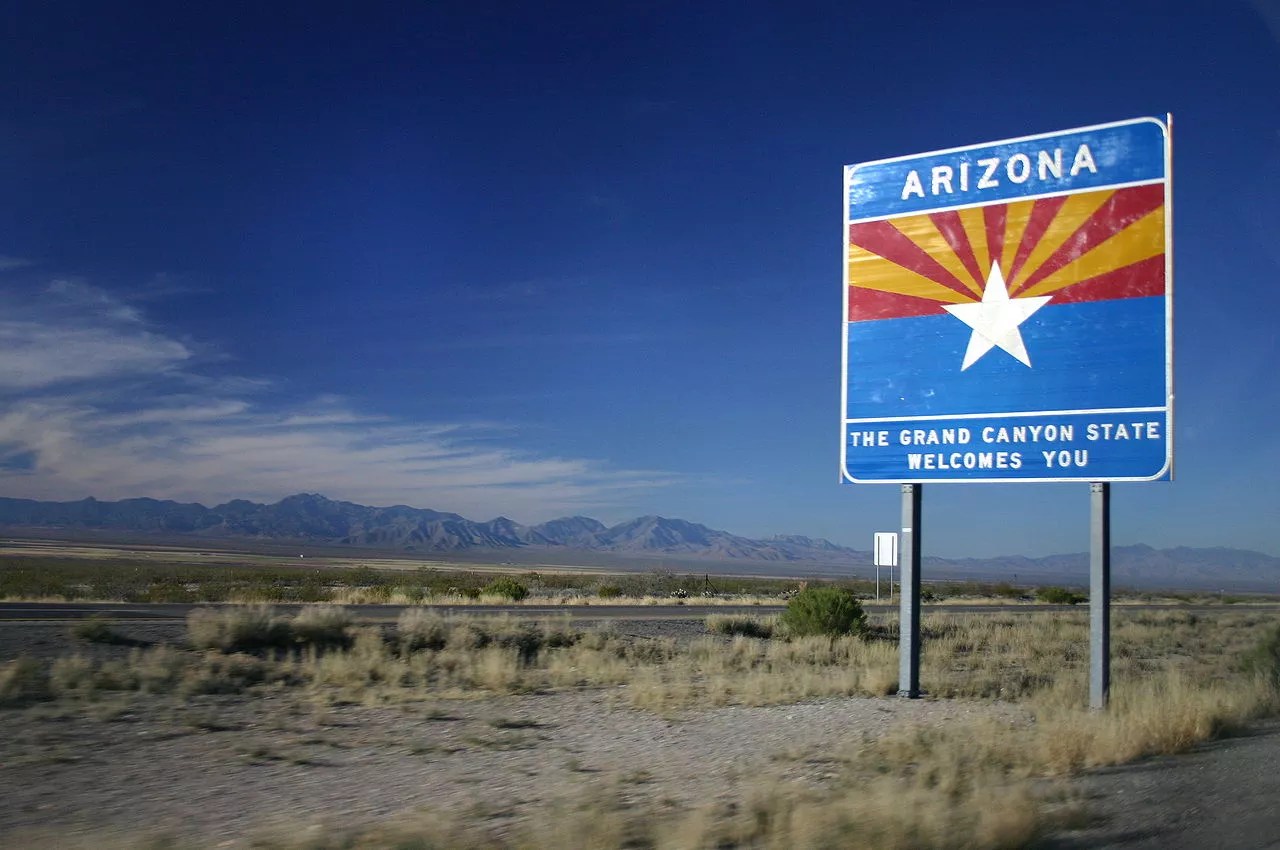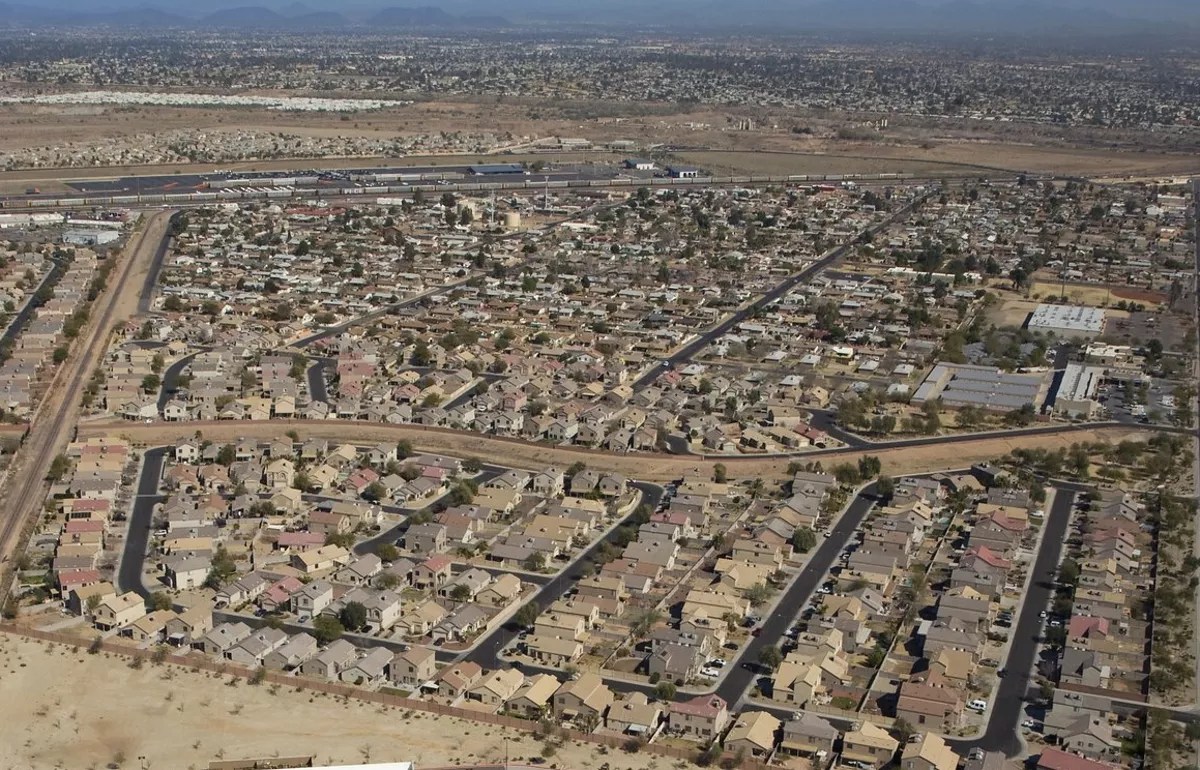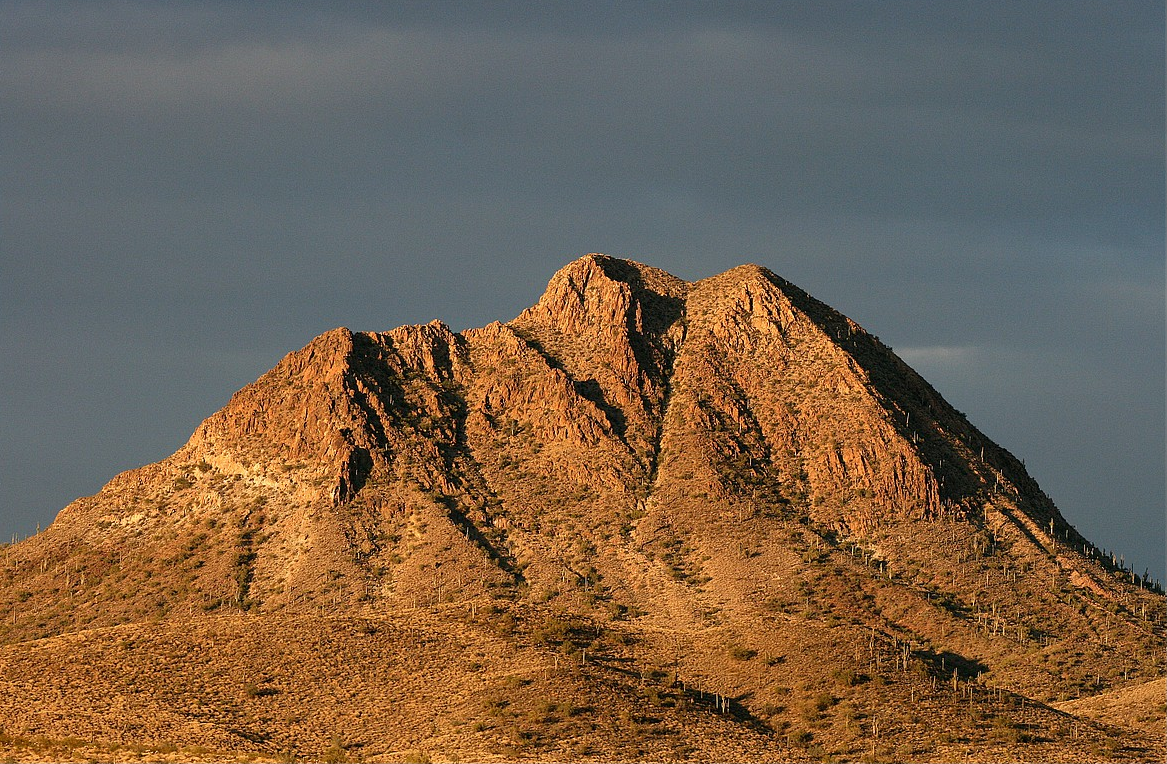
Wing-Chi Poon/Wikimedia Commons/CC BY-SA 2.5

Audio By Carbonatix
Looking to move out of Arizona’s cities and into the suburbs? Then this list is for you.
As home rental prices continue to rise in Phoenix and Tucson, several area suburbs might provide better options for those looking to escape the high costs of city living. Those suburbs, which were identified in a recent study from Point2 Homes, range from relative unknowns to the somewhat familiar.
Point2 looked at suburbs of at least 5,000 residents that are within either a 20-mile radius or a 30-minute drive from Arizona’s two most populous city centers. Then, using several factors, the company determined which locations are best for people looking to rent single-family homes.
Those factors included the percentage of single-family renters, the number of rental listings for single-family homes, the median household income for renters, cost of living, number of rooms per rental property, unemployment rate, average commute time and population change, among others.
Will you step up to support New Times this year?
At New Times, we’re small and scrappy — and we make the most of every dollar from our supporters. Right now, we’re $17,250 away from reaching our December 31 goal of $30,000. If you’ve ever learned something new, stayed informed, or felt more connected because of New Times, now’s the time to give back.
Here are the top six suburbs for renters.
1. Vail – 32 minutes to Tucson
Just a few decades ago, the population of this Tucson suburb dwindled to fewer than 10 people. But since 1980, Vail – which is technically a census-designated place – has experienced notable growth. As of 2022, more than 15,000 people lived there.
Situated about 24 miles southeast of Tucson, this mountainous area is home to plenty of hiking spots, vineyards and other outdoor activities. In the winter, you can even experience the occasional snow. And of course, it is filled with burnt orange-roofed single-family homes available to rent.
Vail has the highest renter household income of the bunch – greater than $125,000. Approximately 77% of renters live in single-family homes, and those renters have experienced a 115% income growth over the past five years.

Located on the Western fringe of the Phoenix metropolitan area, Buckeye is one of the fastest-growing cities in the country.
Mario Tama/Getty Images
2. Buckeye – 33 minutes to Phoenix
The Valley’s first suburb to make the list is Arizona’s largest city by land area and the westernmost suburb of the Phoenix metro area. It’s also the fastest-growing suburb in the state, attracting more new residents than any other city in the U.S. in 2017, 2018 and 2021, according to Point2’s study.
Buckeye’s population increased by more than 53% in the past five years. But it still has one of the lowest population densities of the other locales on the list. However, growth has been halted after reports showed that the West Valley doesn’t have enough water to meet the 100-year water supply requirement for new development.
Located about 35 miles west of Phoenix, Buckeye is home to several state and regional parks – perfect for hiking and other outdoor activities. The city also features a zoo, aquarium and golf courses, all of which provide entertainment for family members of all ages.
About 15% of Buckeye residents are renters, and more than 77% of them live in single-family homes.
Tie-3. Tanque Verde – 31 minutes to Tucson
Another census-designated place and unincorporated community outside of Tucson, this suburb is an escape from the city. No one would know where you were if you moved here.
This mountainous region, located about 15 miles directly east of Tucson, is home to numerous hiking trails and winery tours. It’s also known for its popular dude ranch resort of the same name that offers horseback riding and a plethora of other outdoor activities for out-of-towners.
Only 4% of residents in Tanque Verde are renters, but 100% of them rent single-family homes. Household income for renters rivals that of Vail – averaging $100,625 per year.

An aerial view of El Mirage
Walmart/Flickr/CC BY 2.0
Tie-3. El Mirage – 30 minutes to Phoenix
Slightly closer to Phoenix than Buckeye, this Valley suburb sits 26 miles northwest of Phoenix. It’s wedged between Surprise and Sun City, which come in at Nos. 7 and 22, respectively, on Point2’s list.
Bordering the Aqua Fria River, El Mirage features a golf course and many suburban single-family homes. The share of renters in El Mirage is much higher than the other cities on the list, with more than 31% of its residents being renters. Of those, more than 84% rent single-family homes.
The median household income for renters in El Mirage is $67,361.
4. Corona de Tucson – 37 minutes to Tucson
Another relatively unknown census-designated area, Corona de Tucson experienced massive population growth in the early 2000s. According to the 2010 census, its population of 9,000 residents at the time was a 1,036% increase from 10 years earlier.
Similar to Vail, Corona de Tucson is located about 30 miles southeast of Tucson. In fact, the two suburbs are separated by only about 10 miles of winding roads, and they share the same zip code.
Only 3% of residents in Corona de Tucson are renters, but out of that small percentage, all are renting single-family homes. The median household income of renters here is $52,891.
Corona de Tucson is the only suburb in the top five that has experienced negative renter income growth over the past five years, with renter income falling by 36%.

Gavilan Peak in Anthem
Phoenix500/Wikimedia Commons/CC BY-SA 3.0
5. Anthem – 28 minutes to Phoenix
This census-designated place spans the border between Phoenix and New River and boasts a significant population of more than 23,000 people, according to the 2020 U.S. census.
Located about 32 miles north of Phoenix’s downtown, Anthem also was named one of the best family-friendly neighborhoods by Phoenix Magazine in 2012.
Approximately 18% of local residents are renters, and 73% of those renters rent single-family homes. These renters also have a median annual household income of $76,122.
Would you move to any of these suburbs?